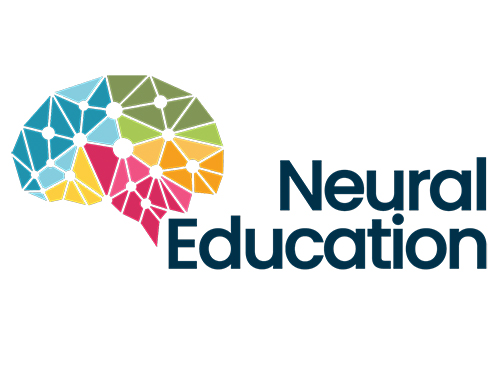
07 June 2021 – Osman Bedel –
Unleashing the Brain’s Superpowers: The Neuroscience-Informed Teaching Revolution
Education has always been about empowering minds and shaping futures. But what if we told you there’s a way to tap into the superpowers of the brain and take learning to extraordinary heights? Enter neuroscience-informed teaching, a game-changing approach that blends cutting-edge brain research with classroom practices. Prepare to witness the unveiling of a teaching revolution that will transform the way we educate and nurture young minds.
Igniting the Brain’s Learning Fireworks
Neuroscience-informed teaching is more than just another pedagogical trend. It is a profound understanding of how the brain learns, paving the way for innovative instructional strategies that skyrocket student achievement. Gone are the days of passive information absorption. This approach harnesses the brain’s innate desire for active, hands-on learning experiences to ignite the learning fireworks within each student.
The Power Trio: Active, Multisensory, and Emotionally Charged Learning
The brain craves stimulation, and neuroscience-informed teaching serves it up in a deliciously enriching way. It embraces the power trio of active learning, multisensory experiences, and emotionally charged environments to optimize neural connections and fuel deep understanding.
Active learning flips the script, turning students from passive recipients into active participants. From problem-solving adventures to project-based quests, students dive headfirst into real-world challenges that fire up their cognitive engines and prime their brains for ultimate knowledge absorption.
But why stop at one sense when you can engage them all? Multisensory learning immerses students in a symphony of sights, sounds, and tactile experiences. Visual aids become vibrant companions, auditory cues dance in harmony with discussions, and kinesthetic activities infuse learning with a touch of magic. The brain drinks in this sensory extravaganza, fostering richer connections and enhancing memory retention.
Emotions hold the key to unlocking the brain’s full potential. Neuroscience has revealed that when students are emotionally engaged, their brains are primed for learning. By creating safe and supportive spaces that celebrate curiosity, joy, and wonder, teachers cultivate an environment where the brain is ready to embrace new knowledge. Emotionally charged learning experiences fuel motivation, making every classroom moment a journey of discovery.
Feedback and Reflection: Building Supercharged Neural Pathways
Neuroscience-informed teaching understands the brain’s craving for feedback and reflection. It is through constructive feedback that the brain tunes into areas of growth and refinement. Timely and personalized feedback nurtures neural pathways, guiding students towards mastery and setting the stage for continuous improvement.
Reflection becomes the brain’s playground for metacognition. As students pause to think deeply about their learning process, neural connections strengthen, paving the way for profound understanding and the transfer of knowledge to new situations. The brain becomes a master conductor, orchestrating the symphony of thoughts and insights that lead to true comprehension.
The Superpowers of Neuroscience-Informed Teaching
With great power comes great responsibility, and neuroscience-informed teaching delivers unparalleled benefits to students and educators alike:
-
Unleashed Learning Potential: By aligning instructional practices with the brain’s natural learning processes, neuroscience-informed teaching unlocks the full potential of every learner. Active engagement and multisensory experiences create a fertile ground for deep understanding and improved retention.
-
Heightened Engagement and Motivation: When students become active participants in their own learning, their engagement and motivation soar to new heights. The brain craves the thrill of discovery, and neuroscience-informed teaching delivers the adrenaline rush needed to ignite a lifelong love for learning.
-
Personalized Pathways: Every brain is unique, and neuroscience-informed teaching recognizes and celebrates this diversity. By tailoring instruction to individual needs, strengths, and interests, educators create personalized pathways that allow every student to shine.
-
Transformed Classrooms: Neuroscience-informed teaching reshapes the educational landscape, transforming classrooms into dynamic hubs of exploration and discovery. It fuels collaboration, critical thinking, and creativity, preparing students to thrive in a rapidly evolving world.
Neuroscience-informed teaching is a catalyst for unleashing the brain’s superpowers and revolutionizing education as we know it. By aligning instructional practices with the brain’s natural inclinations, educators embark on a journey where active learning, multisensory experiences, and emotionally charged environments fuel deep understanding and ignite a passion for lifelong learning. So, join the revolution, and let’s embark on an awe-inspiring adventure of unleashing the infinite potential within each and every brain. Together, we will reshape education and empower generations to come.






